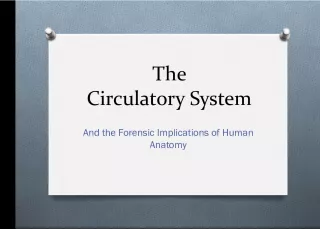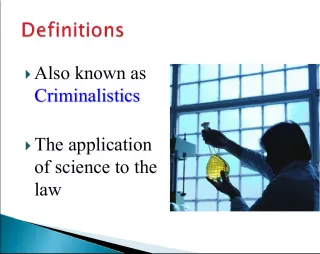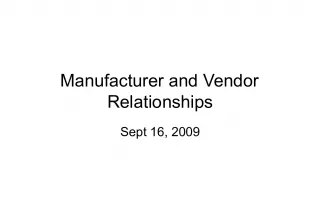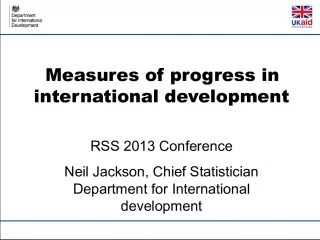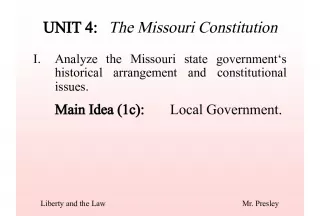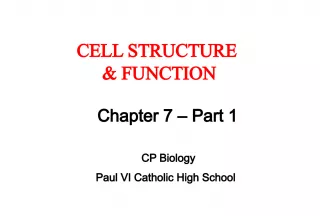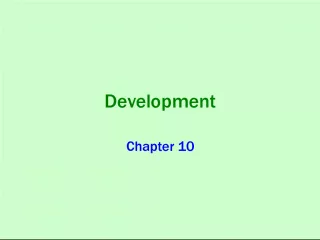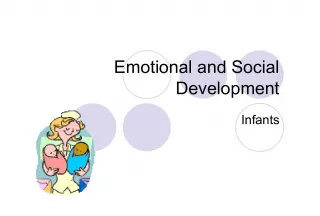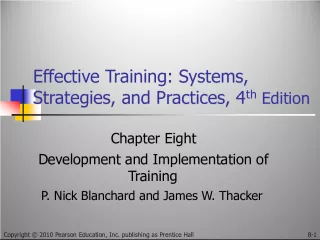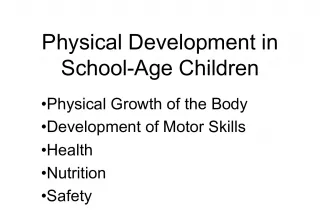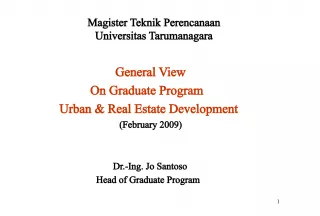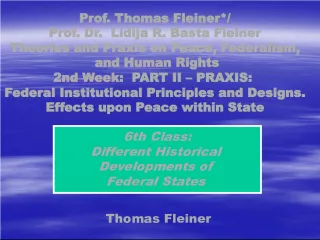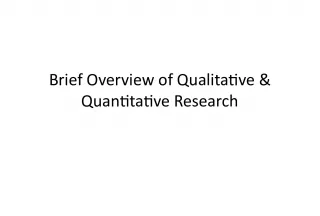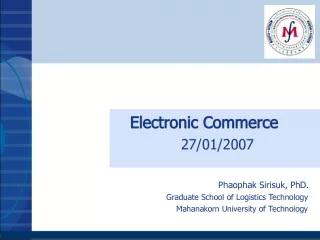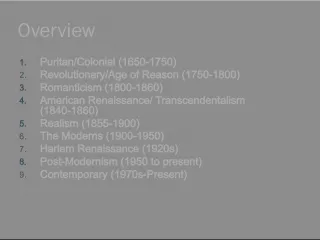Historical Development of Forensic Anthropology
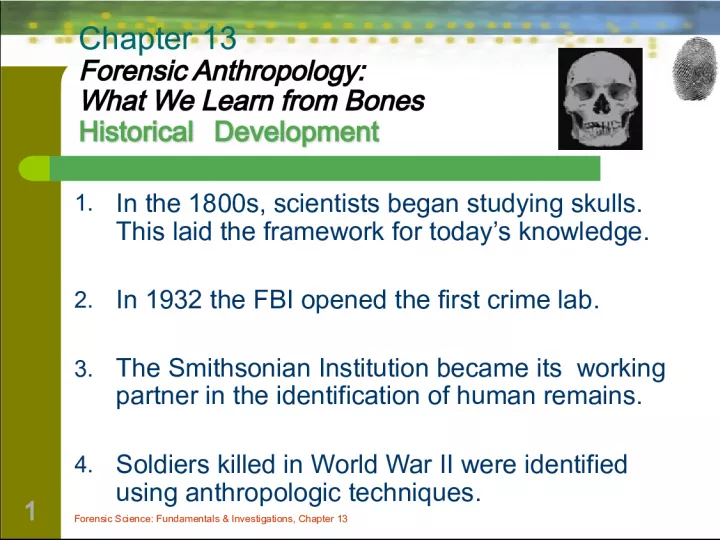

Chapter 13 of Forensic Science Fundamentals & Investigations explores the historical development of forensic anthropology. In the 1800s, scientists began studying skulls, laying the foundation for today's knowledge
- Uploaded on | 7 Views
-
 astaeldevik
astaeldevik
About Historical Development of Forensic Anthropology
PowerPoint presentation about 'Historical Development of Forensic Anthropology'. This presentation describes the topic on Chapter 13 of Forensic Science Fundamentals & Investigations explores the historical development of forensic anthropology. In the 1800s, scientists began studying skulls, laying the foundation for today's knowledge. The key topics included in this slideshow are . Download this presentation absolutely free.
Presentation Transcript
Slide1forensic science: fundamentals & investigations, Chapter 131 Historical Development Chapter 13 Forensic Anthropology: What We Learn from Bones Historical Development 1. In the 1800s, scientists began studying skulls. This laid the framework for today’s knowledge. 2. In 1932 the FBI opened the first crime lab. 3. The Smithsonian Institution became its working partner in the identification of human remains. 4. Soldiers killed in World War II were identified using anthropologic techniques.
Slide22Skeletal System • Made of 206 bones as well as joints and connective tissue. 80 bones 126 bones http://www.youtube.com/watch?v=e54m6X OpRgU
Slide3Functions of Bones3 1. Support & shape 2. Protect internal organs 3. Anchors for muscle attachment 4. Make blood cells 5. Store minerals http://www.youtube.com/watch?v=REftXTS gR8k
Slide4forensic science: fundamentals & investigations, Chapter 134 Development of Bone Bones originate from cells called osteoblasts. Osteoblasts migrate to the center of cartilage production and deposit minerals. Throughout life, bones are being broken down, deposited, and replaced. Osteoclasts, the 2 nd type of bone cell, among other tasks, remove cellular wastes.
Slide5forensic science: fundamentals & investigations, Chapter 135 How Bones Connect Bones are held together by: a. cartilage —wraps the ends of bones and keeps them from scraping one another. b. ligaments —bands that connect two or more bones together. c. tendons —connect muscle to bone. Until about 30 years of age, bones increase in size. Deterioration after 30 can be slowed with exercise.
Slide6forensic science: fundamentals & investigations, Chapter 136 What Bones Can Tell Us What Bones Can Tell Us Osteobiography tells much about a person through the study of the skeleton. The bones of a right-handed person, for example, would be slightly larger than the bones of the left arm. Forensic scientists realize that bones contain a record of the physical life. Analyzing bones can reveal clues to such things as gender, age, height, and health. http://www.youtube.com/watch?v=BIxJYag 9ltU
Slide7MaleFemale In the illustration you can see women have: • A pointier chin. • A narrower, rounder jaw. • A rounder cranium. • A less sloping forehead. • Which jaw is more square, with an angle that is closer to 90 o ? male Gender
Slide8forensic science: fundamentals & investigations, Chapter 138 One of the easiest methods of determining the gender of a skeleton is by examining the pelvis. The surface of a woman’s pelvis can be scared. The sub pubic angle of the female pelvis is greater than 90 o ; the male’s, less. Female Male
Slide99Male Female Hips • The male's pelvis is higher and narrower than a female's. • A woman's hips are wider than her shoulders — with men it is the other way around. • Less obvious is the difference in the iliac crest (the two top ridges of the pelvis). It is more pronounced in women.
Slide1010Ribcage and shoulders • Women have a smaller ribcage. • Their collarbones are also shorter, so they don't have the broad, square shoulders men have. Male Female
Slide11forensic science: fundamentals & investigations, Chapter 1311 Age By about age 30, the suture at the back of the skull will have closed. By about age 32, the suture running across the top of the skull, back to front, will have closed. By about age 50, the suture running side to side over the top of the skull, near the front, will have closed. Lamboidal Sagittal Coronal
Slide12AGE AND TEETHThe number and type of teeth can estimate age Wisdom teeth erupt at approx 18 Forensic Science: Fundamentals & Investigations, Chapter 13 12
Slide13forensic science: fundamentals & investigations, Chapter 1313 Age During life, many of the 450 bones a person has at birth grow together, finally forming 206 bones. As the cartilage between them is replaced, an epiphysis line is visible. When the cartilage is fully replaced, the line is no longer visible. This information can be used to approximate a skeleton’s age. http://www.youtube.com/watch?v=6f90506 PvS8&feature=related
Slide1414
Slide1515
Slide1616Bone Development: Anatomy of an Adult Long Bone: Ex: femur, humerus Age http://www.youtube.com/watch?v=FUjlLIMbCiQ&feature =related http://www.youtube.com/watch?v=X6E5Rz 9tOKE&feature=related
Slide17forensic science: fundamentals & investigations, Chapter 1317 Height Just as age can be estimated by looking at the bones of the arm and leg, so also can an estimate of height be made. Often, the approximate height of a person can be calculated from one of the long bones even if just one of those is found. Gender and race will need to be taken into consideration in making the estimate.
Slide18Calculate Height Using Formulasin book (13-19 and 20) 1. Caucasian male femur of 50.6 cm African-American female femur of 49.5 cm A Caucasian person, sex unknown, tibia of 34.2 cm Caucasian female, humerus of 33.4 cm African-American male, humerus of 41.1 cm Person of unknown sex or ethnic group, humerus of 31.6 cm Forensic Science: Fundamentals & Investigations, Chapter 13 18
Slide19forensic science: fundamentals & investigations, Chapter 1319 Facial Reconstruction A face is formed by the skull with the muscles and tissues on top of the skull. Theoretically, nonetheless, a face can be rebuilt from just skeletal remains. Facial markers are positioned at critical locations on a skull, and clay is contoured to follow the height of the markers. Today, computer programs perform a similar function. These computer programs also can age missing persons and criminals. http://www.youtube.com/watch?v=h_HaJT7OVIQ&feature=related http://www.youtube.com/watch?v=syK_EY JczyE
Slide20forensic science: fundamentals & investigations, Chapter 1320 DNA Evidence Bone contains little nuclear DNA. But it does contain mitochondrial DNA. This has DNA that is inherited only from the mother. Long after nuclear DNA has been lost through tissue degeneration, mitochondrial DNA can be obtained from bone. Results can be compared with living relatives on the mother’s side of the family to identify skeletal remains.
Slide21forensic science: fundamentals & investigations, Chapter 1321 Skeletal Trauma Analysis Skeletal Trauma Analysis Forensic anthropologists often determine if damage to bones occurred before or after death. Definite distinctions exist between patterns on bones made by weapons and the patterns created by the environment after death. Sharp-force trauma, blunt-force trauma, gunshot wounds, and knife wounds all have distinctive patterns.
Slide2222 Sharp force trauma Gun shot wounds http://www.youtube.com/watch?v=xbIftlX58 Lo&feature=related
Slide23forensic science: fundamentals & investigations, Chapter 1323 . . . . . . . . . . Summary . . . . . . . . . . . . . . . . . . Summary . . . . . . . . Bones are live and carry on all life functions. The condition of bones can tell investigators about a person’s health and nutrition during life. Male and female skeletons differ in many ways. The age of a person at death can be estimated by analysis of a number of bones.
Slide24forensic science: fundamentals & investigations, Chapter 1324 . . . . . . . . . . . . . . . . . Summary . . . . . . . . . . . . . . . . . Summary A person’s height can be estimated by the length of long bones. Facial reconstruction is possible to some extent. Mitochondrial DNA can be extracted to help identify skeletal remains. Skeletal trauma analysis examines bones for evidence of damage.

